Sven Dähne
iNNvestigate neural networks!
Aug 13, 2018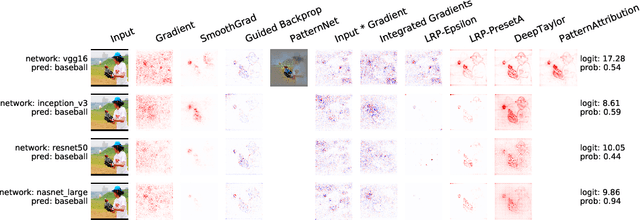
Abstract:In recent years, deep neural networks have revolutionized many application domains of machine learning and are key components of many critical decision or predictive processes. Therefore, it is crucial that domain specialists can understand and analyze actions and pre- dictions, even of the most complex neural network architectures. Despite these arguments neural networks are often treated as black boxes. In the attempt to alleviate this short- coming many analysis methods were proposed, yet the lack of reference implementations often makes a systematic comparison between the methods a major effort. The presented library iNNvestigate addresses this by providing a common interface and out-of-the- box implementation for many analysis methods, including the reference implementation for PatternNet and PatternAttribution as well as for LRP-methods. To demonstrate the versatility of iNNvestigate, we provide an analysis of image classifications for variety of state-of-the-art neural network architectures.
The (Un)reliability of saliency methods
Nov 02, 2017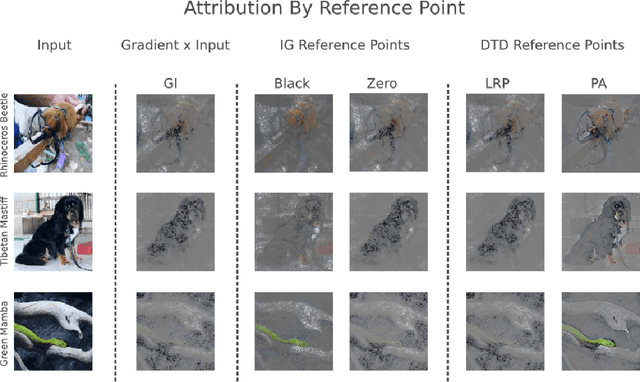
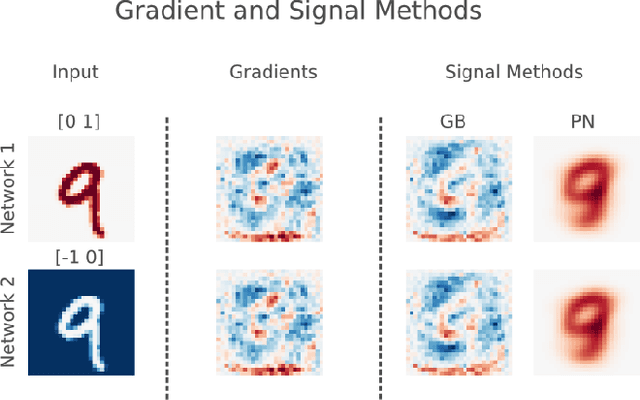
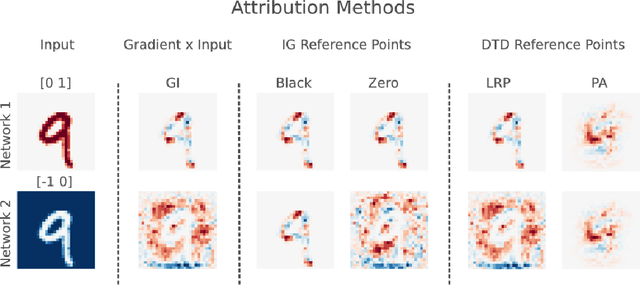
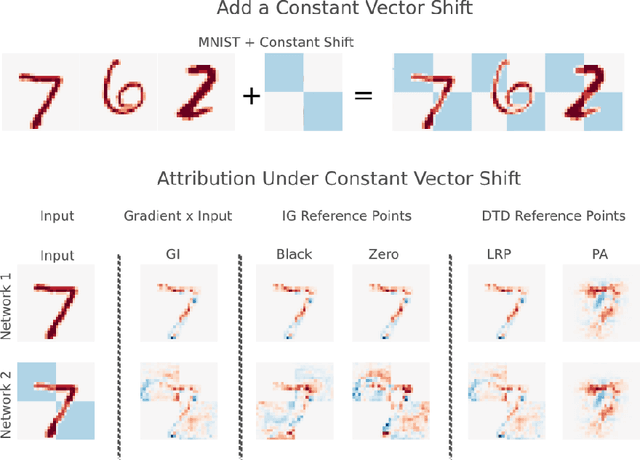
Abstract:Saliency methods aim to explain the predictions of deep neural networks. These methods lack reliability when the explanation is sensitive to factors that do not contribute to the model prediction. We use a simple and common pre-processing step ---adding a constant shift to the input data--- to show that a transformation with no effect on the model can cause numerous methods to incorrectly attribute. In order to guarantee reliability, we posit that methods should fulfill input invariance, the requirement that a saliency method mirror the sensitivity of the model with respect to transformations of the input. We show, through several examples, that saliency methods that do not satisfy input invariance result in misleading attribution.
Learning how to explain neural networks: PatternNet and PatternAttribution
Oct 24, 2017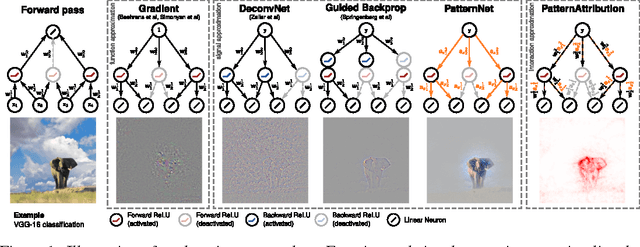


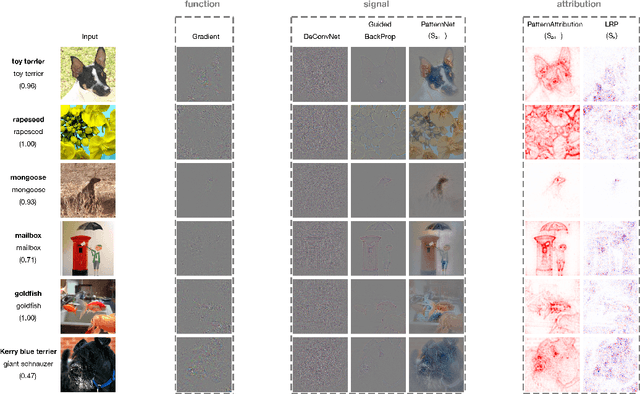
Abstract:DeConvNet, Guided BackProp, LRP, were invented to better understand deep neural networks. We show that these methods do not produce the theoretically correct explanation for a linear model. Yet they are used on multi-layer networks with millions of parameters. This is a cause for concern since linear models are simple neural networks. We argue that explanation methods for neural nets should work reliably in the limit of simplicity, the linear models. Based on our analysis of linear models we propose a generalization that yields two explanation techniques (PatternNet and PatternAttribution) that are theoretically sound for linear models and produce improved explanations for deep networks.
Investigating the influence of noise and distractors on the interpretation of neural networks
Nov 22, 2016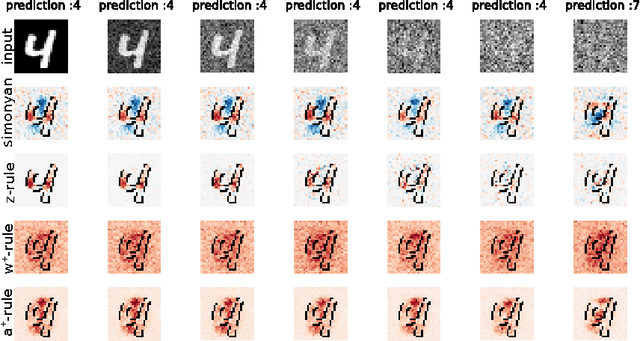
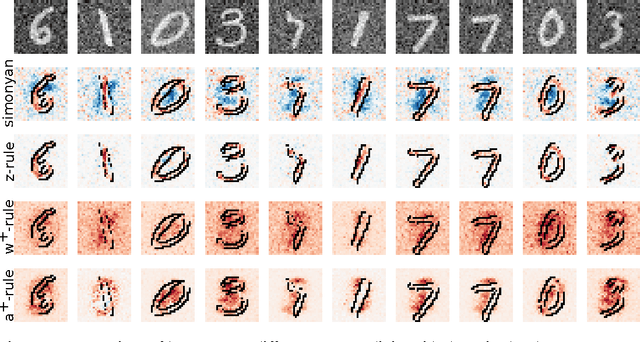
Abstract:Understanding neural networks is becoming increasingly important. Over the last few years different types of visualisation and explanation methods have been proposed. However, none of them explicitly considered the behaviour in the presence of noise and distracting elements. In this work, we will show how noise and distracting dimensions can influence the result of an explanation model. This gives a new theoretical insights to aid selection of the most appropriate explanation model within the deep-Taylor decomposition framework.
 Add to Chrome
Add to Chrome Add to Firefox
Add to Firefox Add to Edge
Add to Edge